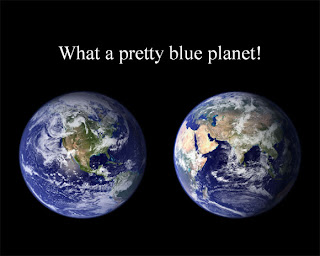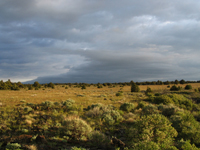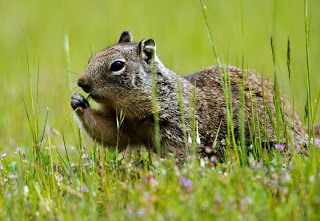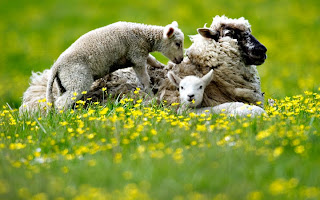Selective breeding is said to be worth 7 million pounds ($) to the English beef and lamb industries every year [Financial Benefits of Selective Breeding]. The fact is, anyone can choose to become a breeder of livestock or of crops, the only thing missing is their knowledge about the consequences of their practice. Selective breeding has been practiced through the years without a title until the Industrial Revolution where the farmers thought it would be more productive to breed the healthy, fertile cows for better, quality products and more of it. Today it is a very controversial discussion on terms of whether or not it should be done, at the level of wild/domesticated animals to human designer babies. Nevertheless, although inevitable, selective breeding for livestock and crops should NOT happen to the point of diminishing biodiversity from the extinction of the less productive breeds.
Selective breeding advocators would argue that the powers and benefits of the special breeding are endless. It has already proven to create better, quality products for farmers faster, in a way that wouldn’t pose a threat towards nature. Many beef companies are agreeing with artificial selection because it brings them millions of dollars. Breeders today breed the crops only with qualities such as resistance to disease, high growth rate and other characteristics that they believe would benefit the species in the long run. Along with breeding the desired characteristics, it’s possible to breed out the “bad” characteristics, such as if a cow couldn’t produce milk at all, or if a pig had a rare disease where it’s meat was to be wasted after death anyway. In the case of artificial selection however, those species or individuals that aren’t used tend to die off, even if for the smallest reason and the original species begins to disappear as hybrid is mixed with hybrid.
Regardless of its one rounded benefits, people disregard the consequence of an overuse of selective breeding; inbred depression and several other genetic disorders. There is a big demand for pure bred dogs these days; some call it the “American Obsession with Breeding the Perfect Canine”. A common demand for a purebred are the narrow head and “pencil nosed” face of the collie, but unfortunately, breeders don’t realize that purebred collie’s (bred between the same or similar litters) can develop a disease called ectasia aka collie eye which can completely blind the dogs. There are other breeds such as poodles, which could develop hypoglycaemia and progressive retinal atrophy. But that isn’t even touching on the harm that selective breeding can cause in society.
Once the stronger organisms start breeding and the weaker ones die off, they are more susceptible to extinction if ever a disease comes around. Biodiversity and our society are threatened, and the ecosystem needs biodiversity to survive, therefore mankind is threatened. If they start breeding genotypes similar, and a new disease or natural disaster strikes the breed away, it will leave a very negative effect.
Don't let this get out of hand!
Resources:
Check out











